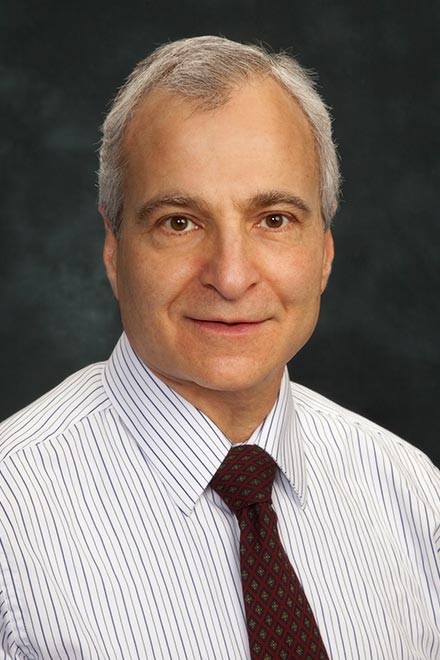Description
This study of laboratory models aims to advance the treatment of patients who inherit a risk factor for an aggressive type of pheochromocytomas and paragangliomas from their parents called SDHB, which commonly spreads to the liver, bone, or other distant locations.
What question will the researchers try to answer?
Which drugs or drug combinations are most effective in killing tumor cells in pheochromocytoma or paraganglioma tumors that contain an abnormal SDHB gene?
Why is this important?
The development of effective treatments has been hampered by a lack of appropriate laboratory models needed to test drugs. This study uses a novel disease model to test new therapies.
What will researchers do?
Tischler’s laboratory will use a laboratory model called RS0, which closely resembles the genetic and metabolic characteristics of human tumors to test the effectiveness of drugs. Researchers will use RS0 cell cultures and mouse tumors derived from injected RS0 cells to determine whether the drugs tested can kill the tumor cells as intended.
How might this improve the treatment of NETs?
There are no effective treatments for metastatic disease. This study may identify promising drugs that can reduce tumor growth. Conversely, by revealing drugs that do not work as anticipated, findings may help researchers formulate alternate approaches.
What is the next step?
Tischler’s findings and the valuable laboratory models he will refine in this study pave the way for additional preclinical research and drug screening to find new, more effective treatments for pheochromocytoma and paraganglioma.

